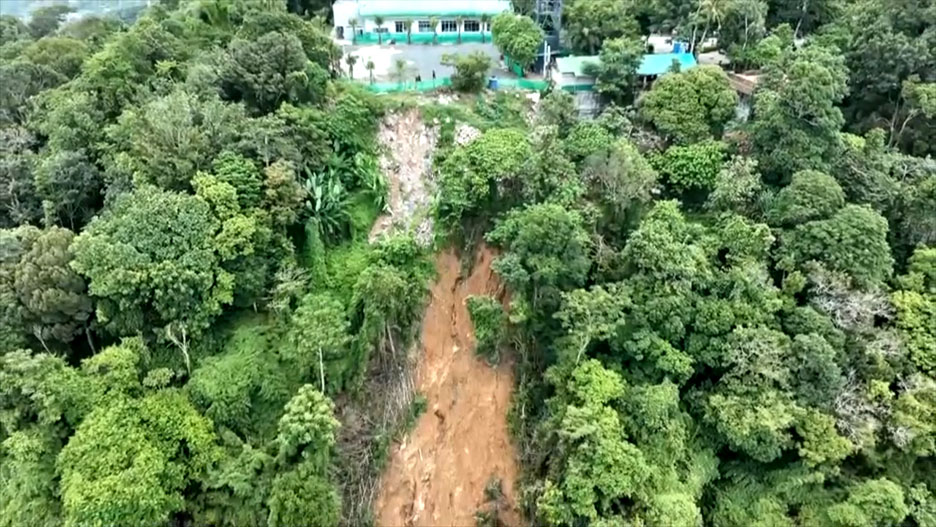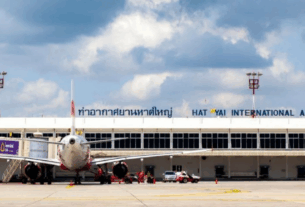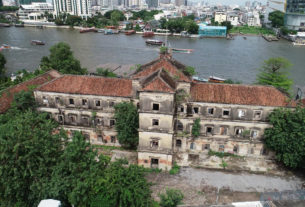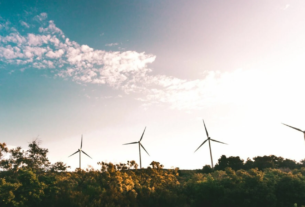
Deadly Phuket landslide – officials investigate big buddha temple’s role
A devastating landslide in Phuket’s Mueang district has claimed 13 lives and injured 19 others, prompting officials to investigate the potential role of the Big Buddha Temple construction on Nakkerd Hill in the disaster.
The landslide, which occurred in Soi Patak 2, 4 and Karon sub-district, affected 209 households across 9 villages. As recovery efforts continue, attention has turned to the possible causes of the tragedy.
On 27 August, Col. Dusit Kaesonkaew, head of the team investigating and resolving state land encroachment and natural resource destruction in the 4th Army Area, revealed that construction at the Big Buddha site began in 2005. He noted that the project failed to implement proper water division techniques, contrary to highland construction engineering principles.
“The construction and land modification blocked natural waterways,” Col. Kaesonkaew explained. “When heavy rain occurs, water seeks new paths down the mountain. The landslide area appears to be one such new water path.”
Satellite imagery analysis shows soil and rock base movement in the area since February this year. The landslide occurred on a cliff with an approximately 80-degree slope, where trees only covered the topsoil layer.
Maj. Gen. Anusorn O-urai, Deputy Commander of the 4th Army Area, warned that this disaster highlights the risks of unchecked construction on Phuket’s steep terrain.
“This clearly indicates that the encroachment and destruction of natural resources is causing significant losses in terms of life, property, and Thailand’s tourism,” he stated.
Wattanapong Suksai, director of the Phuket Provincial Office of Natural Resources and Environment, explained that the landslide at the front of Nakkerd Hill was a type of debris flow consisting of large rocks, gravel, sand and trees, about 10×10 meters in size, which flowed down with the water and buried houses and property.
He stated that the cause of the landslide is due to the geological composition of the Kata granite, which is 91-105 million years old. As investigations continue, officials stress the need for stricter regulations and enforcement of proper construction practices in highland areas to prevent future tragedies.
Phra Phuttha Mingmongkol Eknakiri, or the Great Buddha in this temple has a base width of 25.45 meters and a height of 45 meters. Its structure is made of reinforced concrete and is decorated with white “Suriyakanta” jade marble from Myanmar. The marble alone weighs around 135 tons and covers an area of around 2,500 square meters.
The statue is located in a Buddhist park at the top of Nakkerd Hill in Karon Subdistrict, Mueang District, on a site that also includes a parking lot and toilets and extends over 100 rai (about 16 hectares).

The place has become a popular tourist destination, attracting both Thai and international visitors for its beautiful 360-degree views of Phuket Island. However, the structure is located on a very steep cliff. The area around the cliff has been fenced with green wire mesh, reinforced with white barriers and stabilized with compacted laterite soil and gravel.
From the site, the area of the mudslide is visible at the end of Soi Patak 2, behind Wat Kata and the surrounding areas. Some officials were seen inspecting the temple’s parking lot, but no one mentioned the disaster, which has turned into a major tragedy.
Suporn Wanichkul, chairman of the Phra Phuttha Mingmongkol Eknakiri Foundation, told reporters by phone, without the conversation being recorded, that there is indeed a construction under the pedestal of the Great Buddha. This area was previously used by monks for chanting and meditation, but is currently closed for renovation work to improve the marble decorations.

Another area with a steel frame, originally intended as a building for monks to chant and meditate, is now being dismantled. A medium-sized Buddha statue next to it is being moved to another location.
Suporn confirmed that the construction work, which had been described by local residents as unauthorized, had in fact received all the necessary permits. The original permits were valid for 5 years and were renewed four times, for a total of 20 years. Now a long-term permit for 30 years has been applied for. The National Bureau of Buddhism, which obtained the land use permit from the Forestry Department, is mainly responsible for this.
As for the concerns of local residents, Suporn acknowledged that engineers are also concerned. However, he believes it is unlikely that the landslide was caused by the construction work on the temple site. The Big Buddha structure is designed to withstand earthquakes of up to 10 magnitudes. The authorities are currently investigating the cause in detail.
Residents around and below Nakkerd Hill have called on the authorities to investigate the area around the hill to ensure the safety of the population living below. They are concerned about the ongoing rainfall, which has already saturated the ground, and want to prevent such disasters from happening again.
Source: https://www.khaosodenglish.com/news/2024/08/27/deadly-phuket-landslide-officials-investigate-big-buddha-temples-role



